Have a breakout that just doesn’t seem to go away no matter what you try?
It turns out the culprit could be inflamed hair follicles – also known as Folliculitis.
Folliculitis, under the guise of acne pimples, can be itchy, painful and stubborn. As persistent and irksome as it is, you don’t have to be stuck with it. Below you’ll learn:
- What folliculitis is and how to spot it
- Risk factors for folliculitis
- Treatment and prevention options
WHAT IS FOLLICULITIS?
Although it’s sometimes referred to as fungal acne, folliculitis isn’t exactly acne. Folliculitis is simply an infection of the hair follicle. Follucilitis can be caused by either a bacteria or fungal infection, but it is commonly by malasezzia yeasts.
Like the acne-causing bacteria we so despise, these yeasts are present on everyone’s skin. It’s only when these yeasts grow in number and outbalance the rest of the skin’s microbiome that they illicit an immune response and cause folliculitis.
What Does Folliculitus Look Like?

Folliculitis can look a lot like acne and may pop up in the same places you usually get acne, making it hard to tell the difference. It can occur as a single inflamed hair follicle, or in a large cluster to look like a rash.
However, there are a few things to look for that set folliculitis apart from regular acne.
When you have folliculitis, you may have:
- patches or clusters of small red, inflamed spots
- tiny, uniform, flesh-colored or whitehead pimples
- itchiness and dryness
- stubborn spots that don't respond to common acne treatments such as benzoyl peroxide.
Any one of these signs doesn’t necessarily indicate folliculitis, but if you have 2 or more of these symptoms, it is more probably it's folliculitis instead of acne.
Why Do I Get Folliculitus?
If you have acne and folliculitis simultaneously, you’re probably feeling pretty unlucky and wondering how you ended up such an unfortunate soul. Same here.
Folliculitis is caused by damaged hair follicles. It's more common whenever there is a lot of friction, sweat or heat as that can damage the hair follicle and let bacteria or yeast infect them. If your folliculitus is caused by fungus, yeasts also thrive in heat and humidity, such as when we live in a warm climate or exercise frequently.
Other factors that might increase your risk of developing folliculitis include:
- Shaving
- Wearing tight fitted clothing that rubs up against skin and traps sweat
- Frequenting gyms (transfer of fungal infections)
- Lowered immune system
- pre-existing conditions like diabetes and cancer
- Long term use of oral antibiotics
Even without these risk factors, some people just happen to be more susceptible to fungal infections than others.
Types Of Folliculitis
Bacterial Folliculitis
This type of folliculitis is caused usually by staph ( Staphylococcus) bacteria.
Pityrosporum folliculitus
Caused by a fungal infection called malassezia. Since this is caused by yeast, it may be more common around areas with more sebum like the forehead, shoulders, back and neck.
'Hot Tub' Folliculitus
Symtoms usually occur the day after spending prolonged time in a hot tub that hasn't been properly treated. The bacteria commonly found in hot tubs that end up causing folliculitus is called pseudomonas aeruginosa. It may look like an itchy red rash.
Can you have both Acne and Folliculitis?
Some unlucky individuals like myself, with both acne and folliculitis, may have more difficulty with both diagnosing and treatment.
- First things first, some acne medications can worsen folliculitis if it is caused by yeast or fungus, so you’ll need to stop using products like benzoyl peroxide or antibiotics until it clears up.
- As with acne bacteria, cutting off the food supply for yeast helps – this means reducing sebum and temporarily eliminating oil based products from your routine.
How To Treat Folliculitus
Most cases of folliculitis resolve on their own within a week without any treatment needed other than good skin hygiene.
Treating folliculitis may differ depending on the type of folliculitis you have.
Bacterial folliculitus that doesn't improve after a week may be treated with an over the counter topical antibiotic. Using a warm compress on the affected area may help too.
For fungal causes of folliculicus, use an anti-fungal cream. In my experience, the best and quickest way to get rid of a case of pityrosporum folliculitis is with an over-the-counter antifungal cream. Selenium sulfide and zinc pyrithione found in anti dandruff shampoos can also help. You may need an oral antifungal if the infection is deep in the pores.
In either case, if the infection worsens you may ask your doctor or dermatologist to take a look and they can prescribe you a stronger medication.

Preventing Folliculitus
Once you’ve gotten things under control, you’ll want to take some steps to prevent future folliculitus.
- Sulfur helps combat acne and folliculitis alike, so a good sulfur cleanser can help treat and prevent future breakouts.
- Oil blotting papers also help mop up any energy source (sebum) the yeast could have access to, which will reduce your risk of recurrence.
- Make sure to shower after working out at the gym, and don’t share towels with others
- Use fresh razors when shaving and shave with the hair to avoid nicking the hair follicles
- Avoid swimming in pools or hot tubs that may not be well maintained
- Wear loose fitting clothing that doesn't rub against the skin
Folliculitus Safe Products
Fighter Gel - contains a form of sulfur which is anti fungal and doesn't have fungus promoting ingredients
Pumpkin Enzyme Masque - Gently exfoliates skin and clears out pores and also doesn't contain ingredients that would worsen fungal infections.
The bottom line is that folliculitis can be hard to spot, and may even be more common than we realize.
Hopefully with these steps you’re able to determine whether you’ve got a stubborn case of folliculitis , as well as the next steps for treating and preventing it.
Have you ever had folliculitis? What did you do to get rid of it? Let us know below!
References: https://www.ncbi.nlm.nih.gov/books/NBK547754/

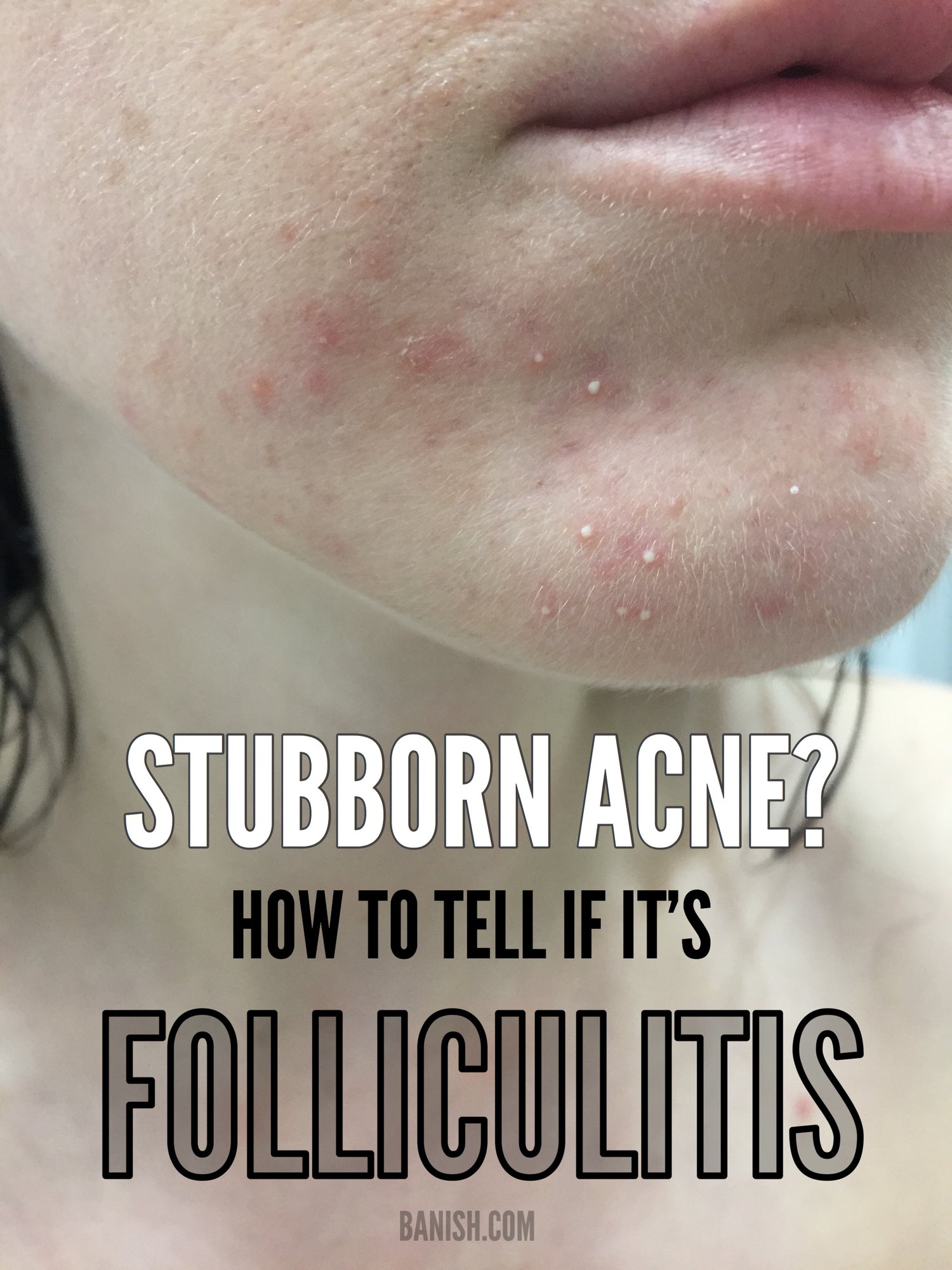




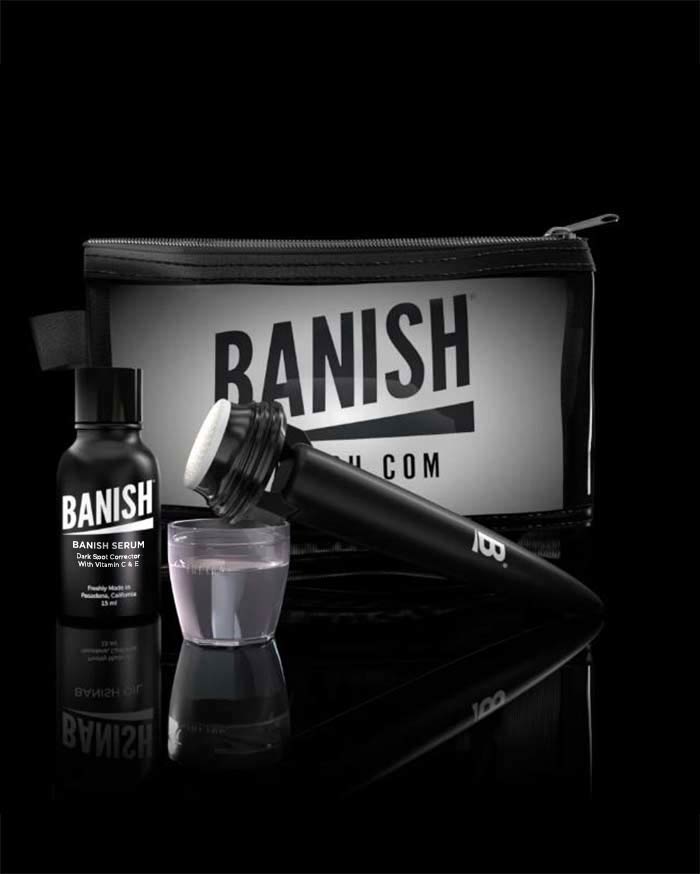
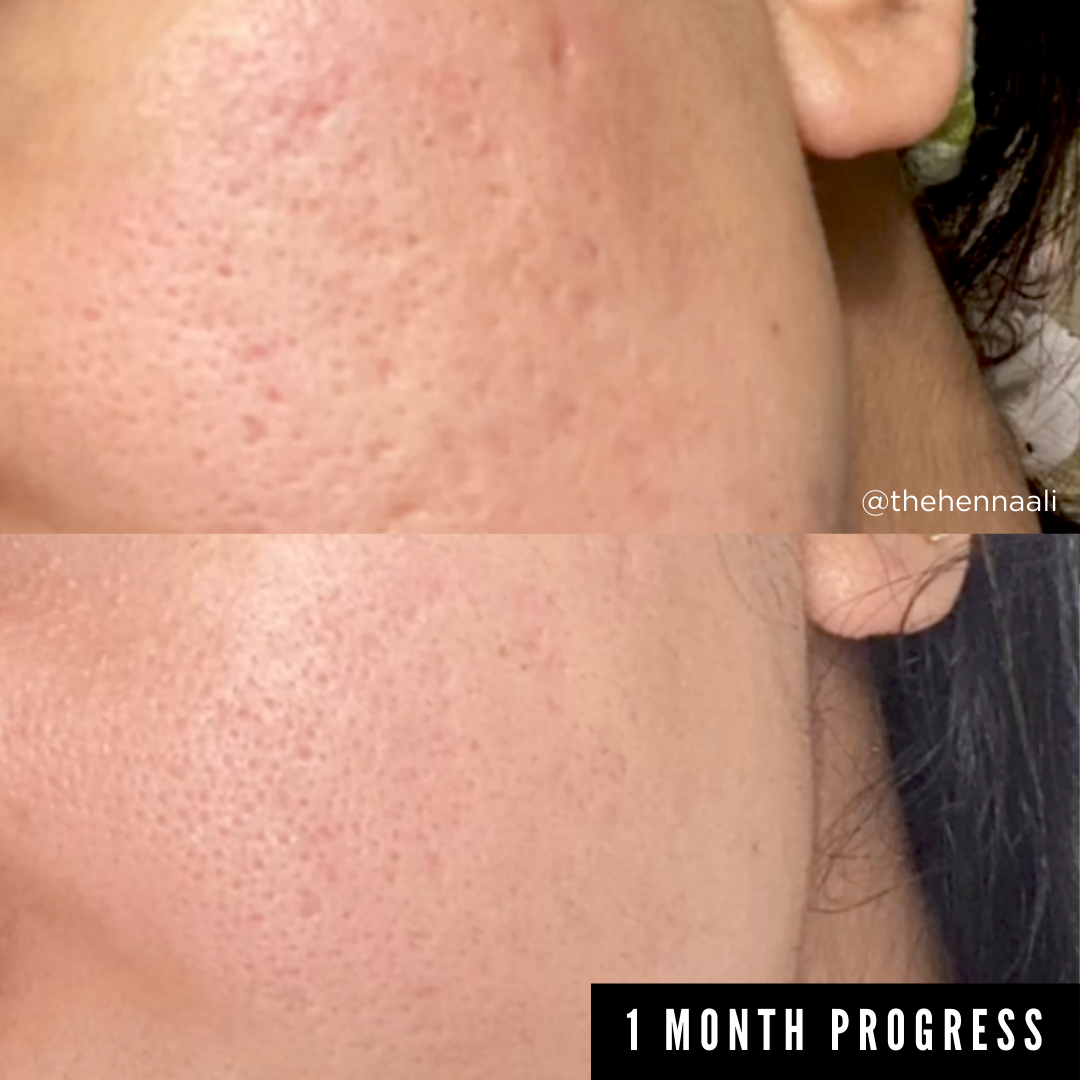
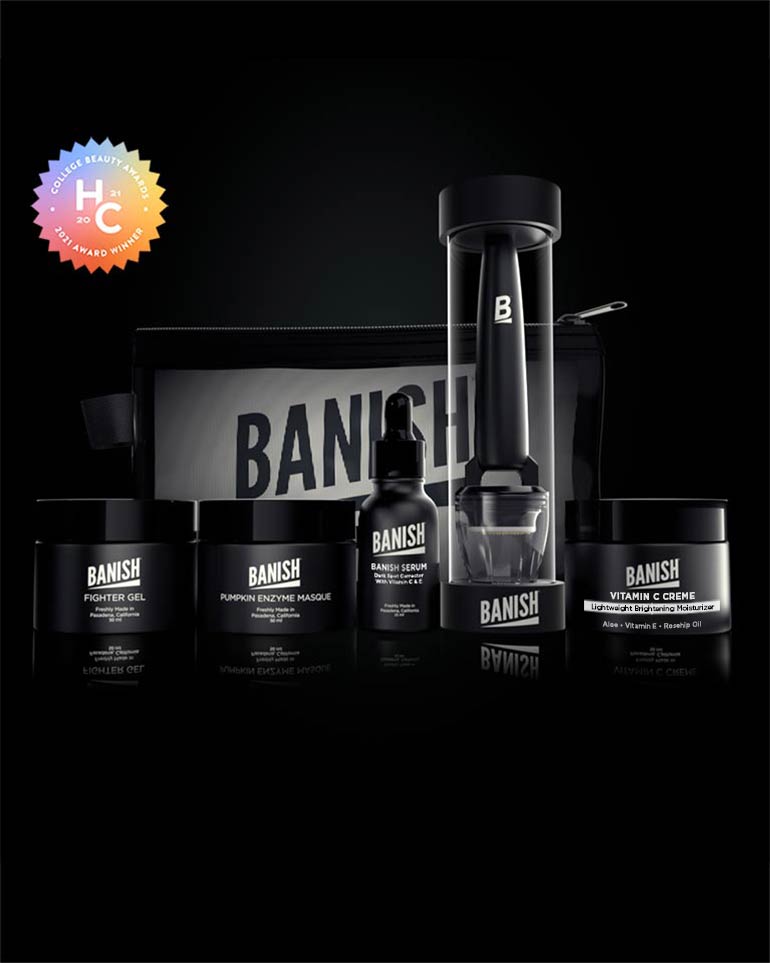
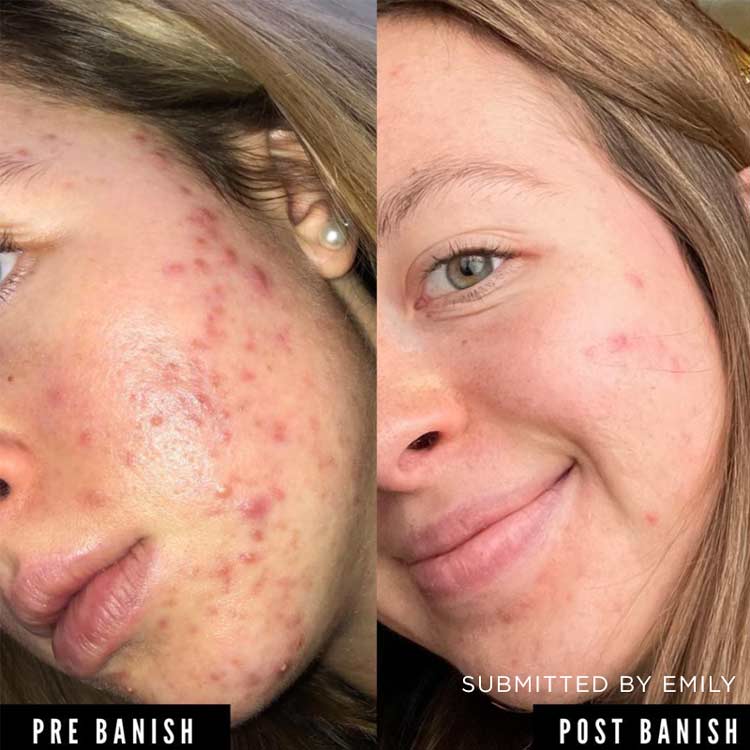
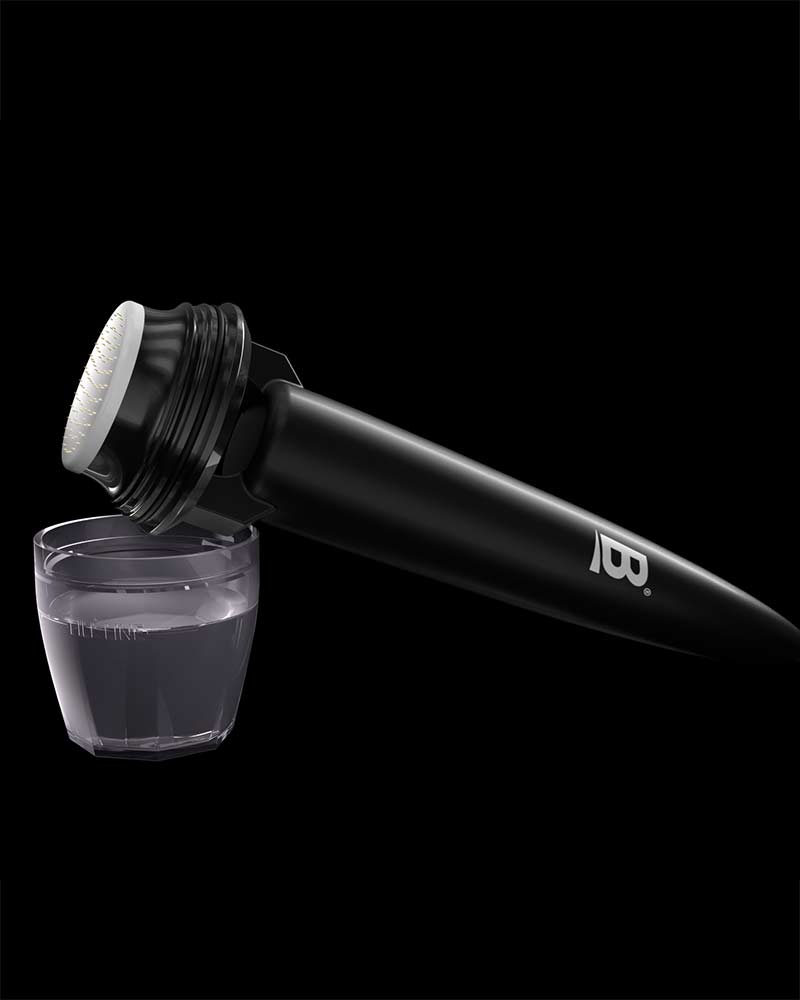

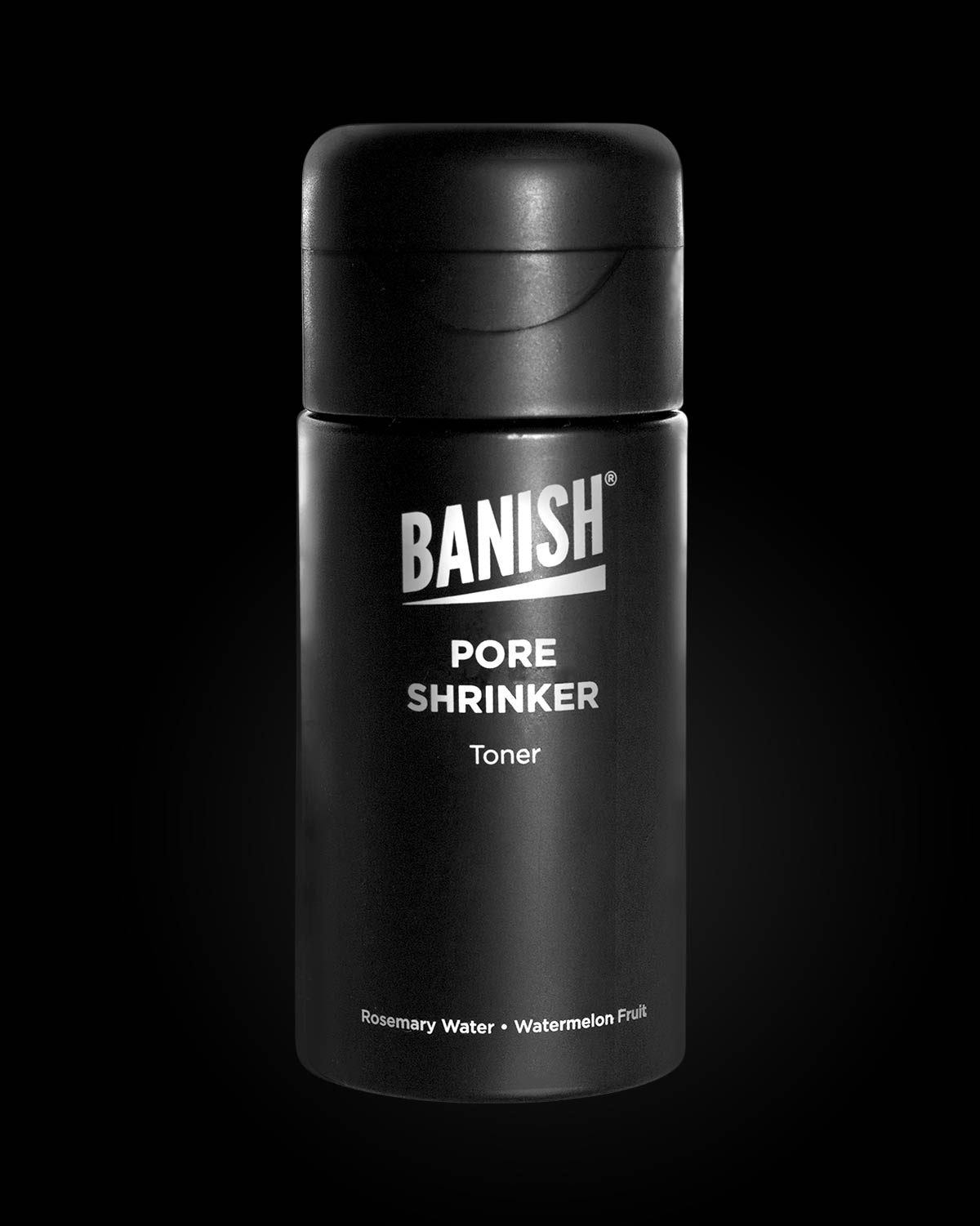
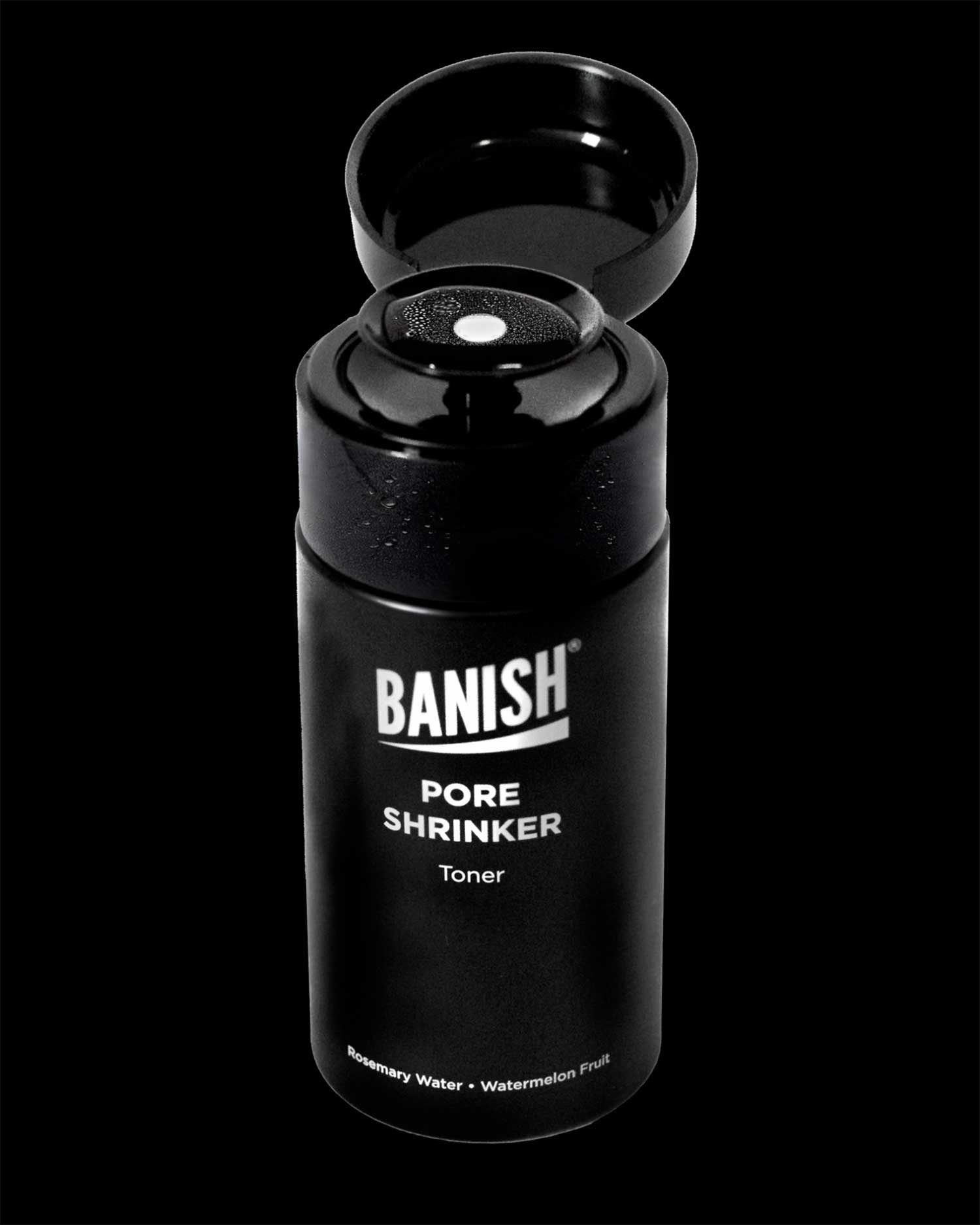
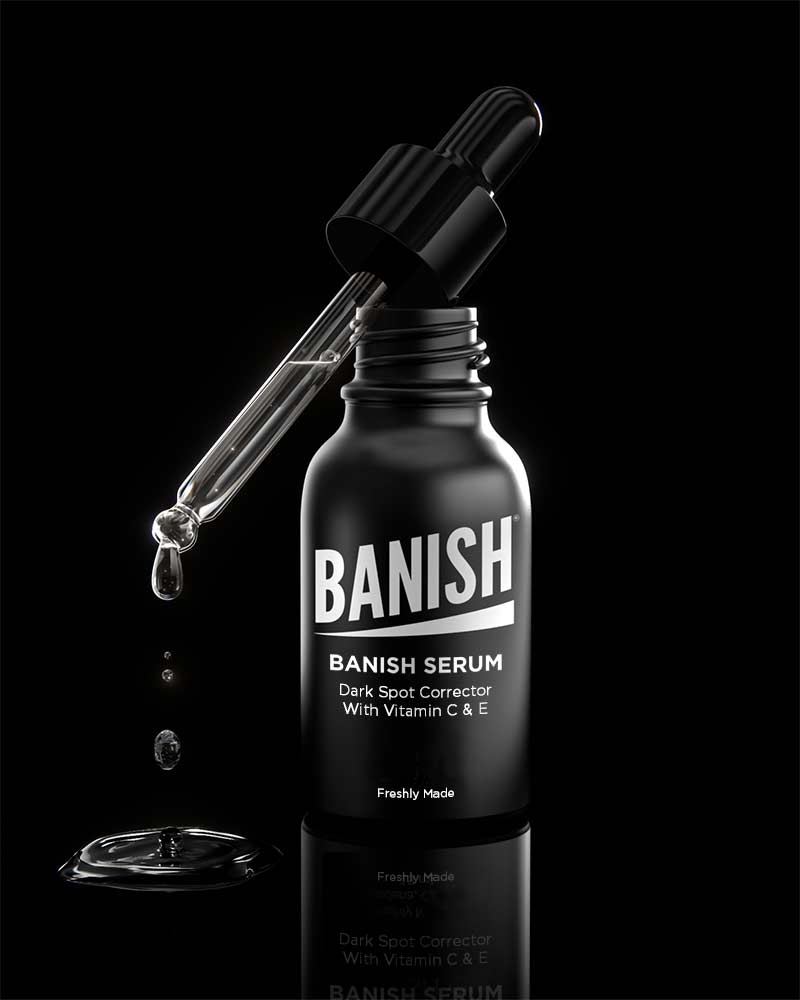

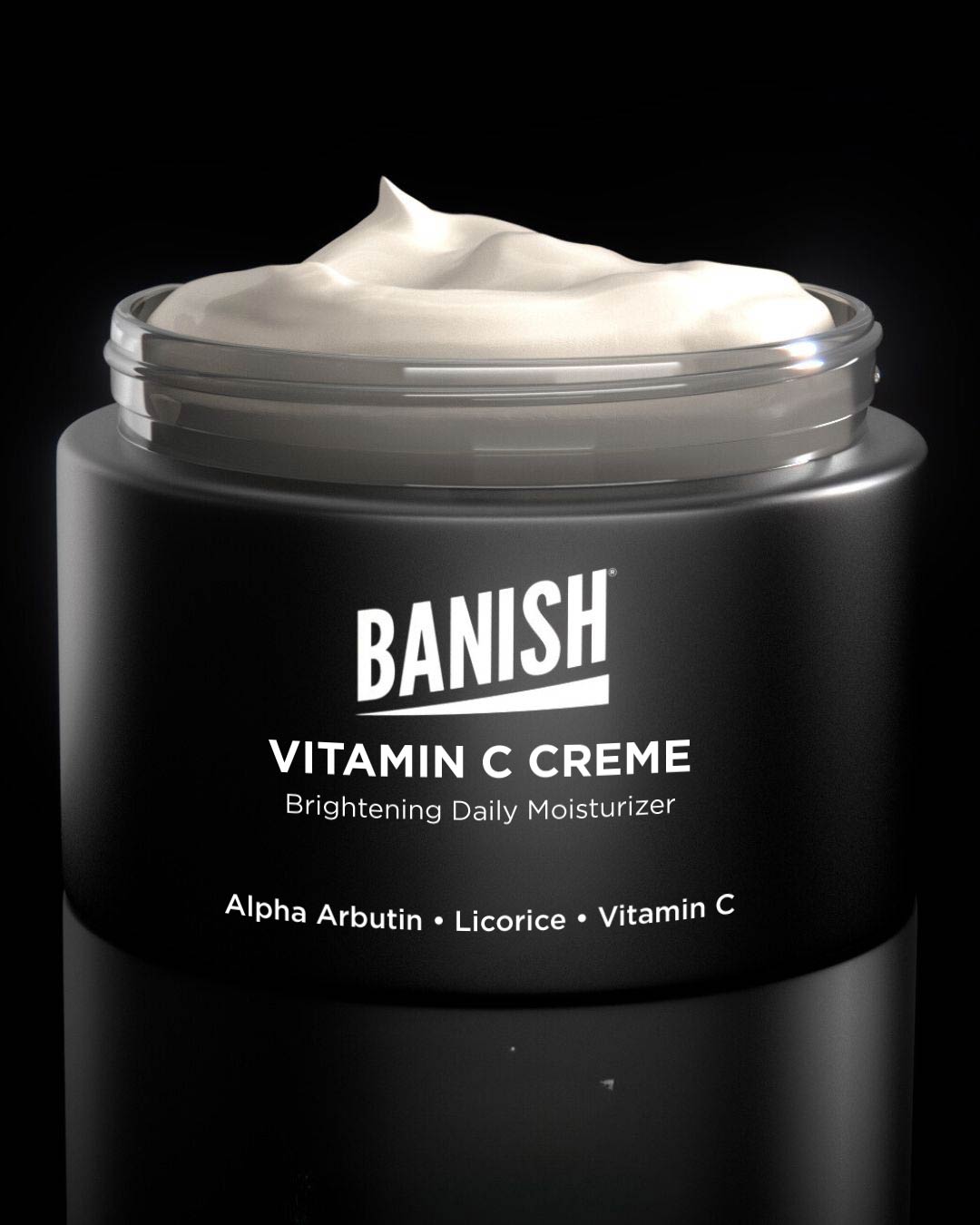

2 comments
Jennifer
This post helped so much to understand what it is thank youuuu
Liz
65 years old, scalp folliculitis 2 years, creams, antibiotics, changing shampoo often, it’s improved but still there
Leave a comment
All comments are moderated before being published.
This site is protected by reCAPTCHA and the Google Privacy Policy and Terms of Service apply.